Through the Killing Fields, Somme
Zagan the motorhome’s shaken. He’s not been exposed to the same relics of industrial-scale war that our old motorhome Dave was, so has found today’s drive through the killing fields of the Somme moving. We’ve rounded off 2015 with a diversion to some of the World War 1 graveyards (the Great War it was called, but then World War II came along…) and are currently slotted into the town’s free aire at Richebourg (N50.58088, E2.74646).
Pouring north from Epernay, through Moet vineyards and past clumps of trees, the plain again took over. Zagan rolled along the edge of ruler-straight roads, enjoying the long stretches of roundaboutless 90kph. I know, I know, to get that free beer I should be doing 80kph but it seems that although I’m not in a hurry, everyone else still is. Also, France turns out to be quite large, end to end, and my right foot’s getting impatient to touch down at La Manche.
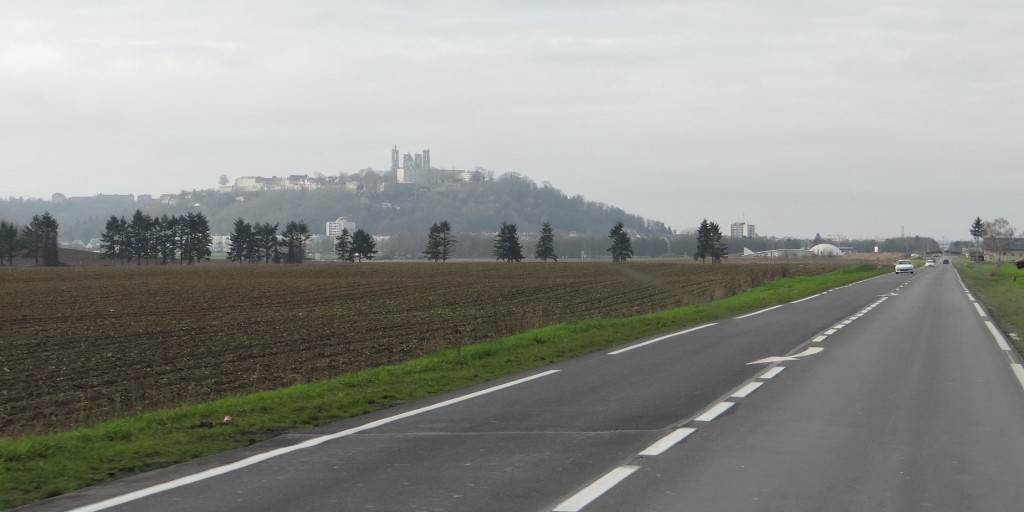
A couple of hours in the cab got us to Beautor, a small town with a well-rated free aire (N49.66084 E3.34942). Fab, just what we needed, a pleasant kipping point next to a working canal, including a fat barge sat idle and fascinating. I wondered about the lifes of those who lived and worked inside – original tiny house dwellers. While there I spotted the first days of the Battle for the Somme took place only an hour north-west of us. After reading up in our Rough Guide I circled some places on the map and we kipped with a couple of French vans for neighbours.
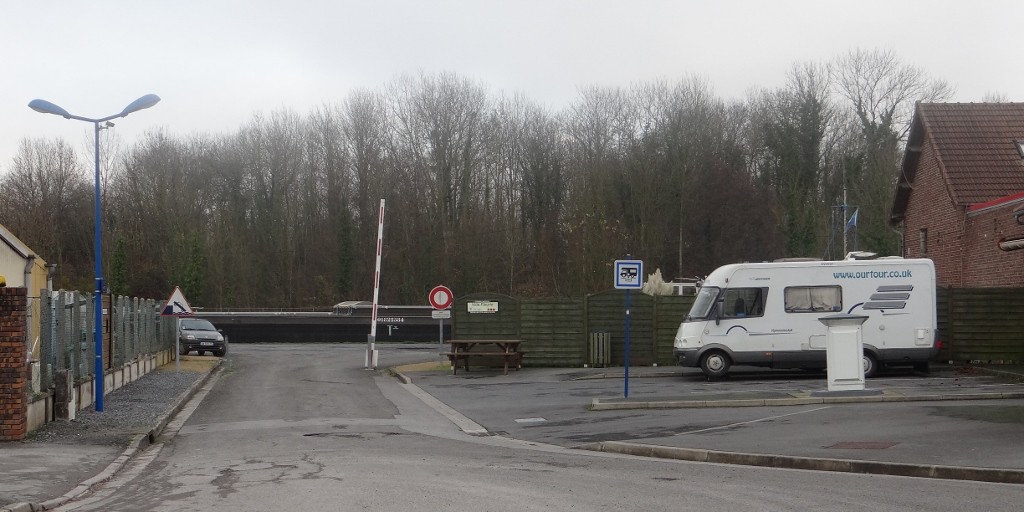
This morning the mist was back. Through it Zagan pushed over to the nearby fuel station, finding that (a) the diesel price had gone up by 2c overnight, costing us two pain-au-chocolat more to fill up and (b) some French fuel stations are designed explicitly to be so tight they test every fibre of your being when trying to get out of them in a van – even the cashier was impressed we managed to leave without ripping something off.
North through the mists the map’s circles turned to places, places of death. With the exception of the German graveyards, they’re packaged up in smooth marble, serif-carved names and over-sized icons, but they all spell the same thing: monumental agony, grief, terror and ultimately death. The hordes of people left with mangled bodies and minds, the mere ‘injured’ are represented only in cold, unfathomable numbers on plaques.
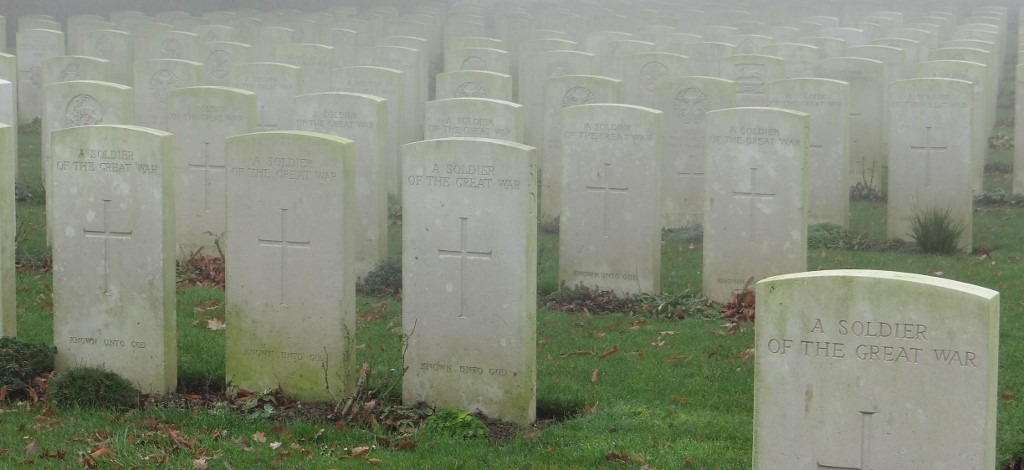
Ju isn’t much interested in these places, and I can’t blame her. I am. But for pure chance, it could have been me standing green-faced alongside new mates, hand on a cold, unfamiliar gun, with the new label of ‘soldier’. I would have been expected to murder other men in the name of nation. Who knows – given the ‘right’ circumstances, I may still.
The area we were in was just to the north-east of Albert, a maze of hamlets and thin roads dividing up bland, blank, mud-green fields. There’s nothing here to fight over, but the armies found things anyway. The smallest hill, wood or barn took countless lives to claw away from the enemy, who’d throw lives and bodies at it to scratch it back again. In a field next to us lie the bodies of hundreds of men from Sussex, who died to provide a diversion to the main start of the Somme battle, fighting over a patch of land someone opted to call the Boar’s Head.
The graveyards are everywhere, plastered across our map as ‘Cim. Brit.’ or ‘Cim. All.’, although we’ve driven past plenty not even on the map. Sombre green signs point off into corners, along roads and tracks, to another group of headstones. “Imagine the headstones were the actual men who died?”, Ju questioned. I wondered at the sight of thousands of young men in their 20’s and 30’s, stood shoulder to shoulder. What expression would they wear?

I pulled Zagan in to look at an Australian stood proud by the side of the road. He and his compatriots faught in Egypt and Turkey before coming here. The statue’s a replacement. The original showed an eagle being bayoneted, but the German army destroyed it in 1940.
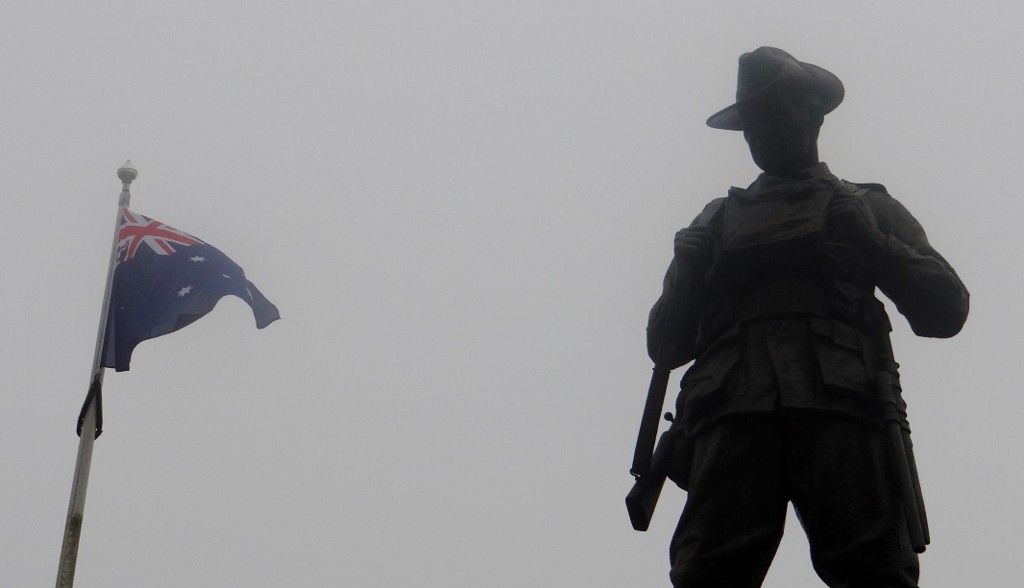
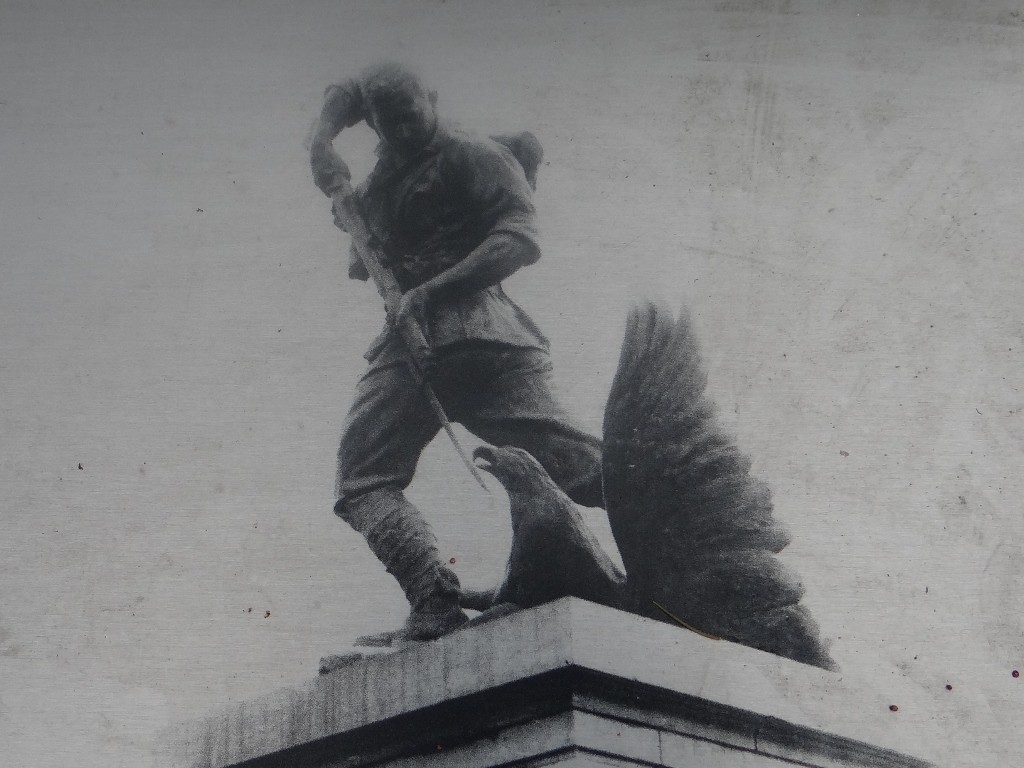
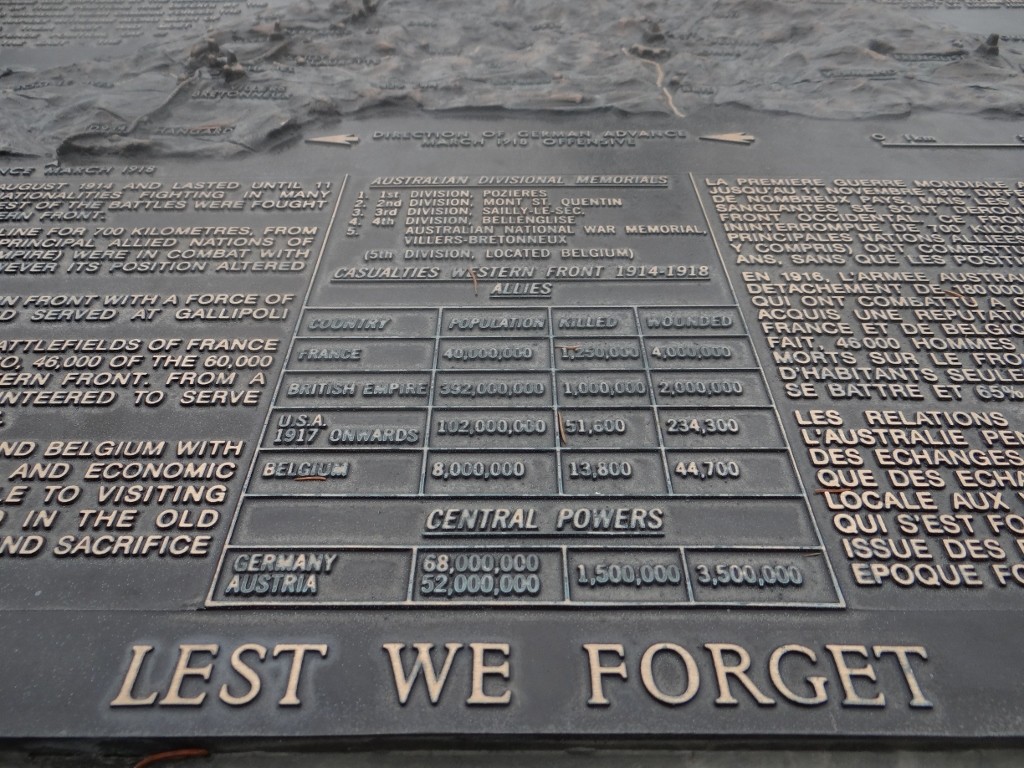
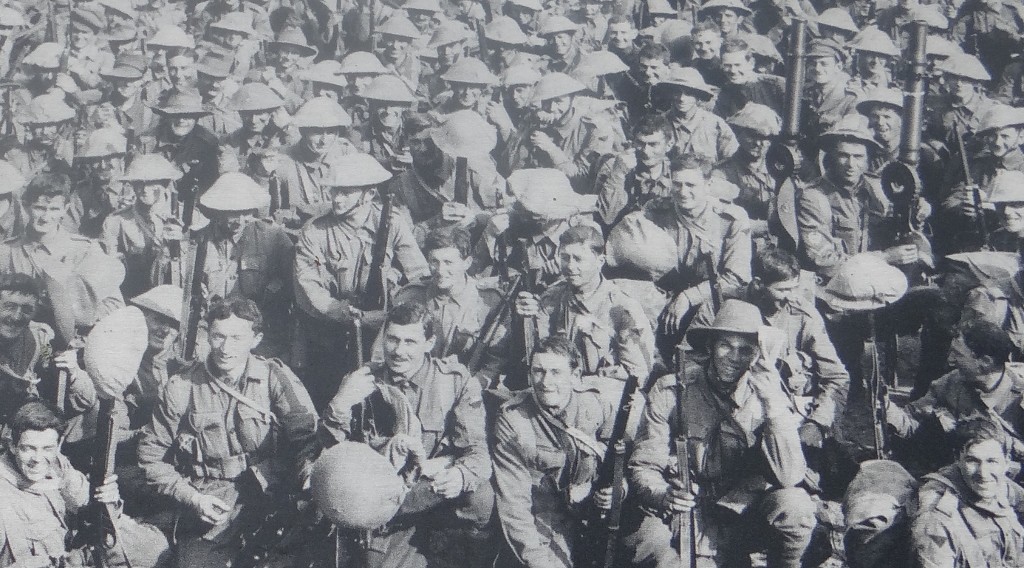
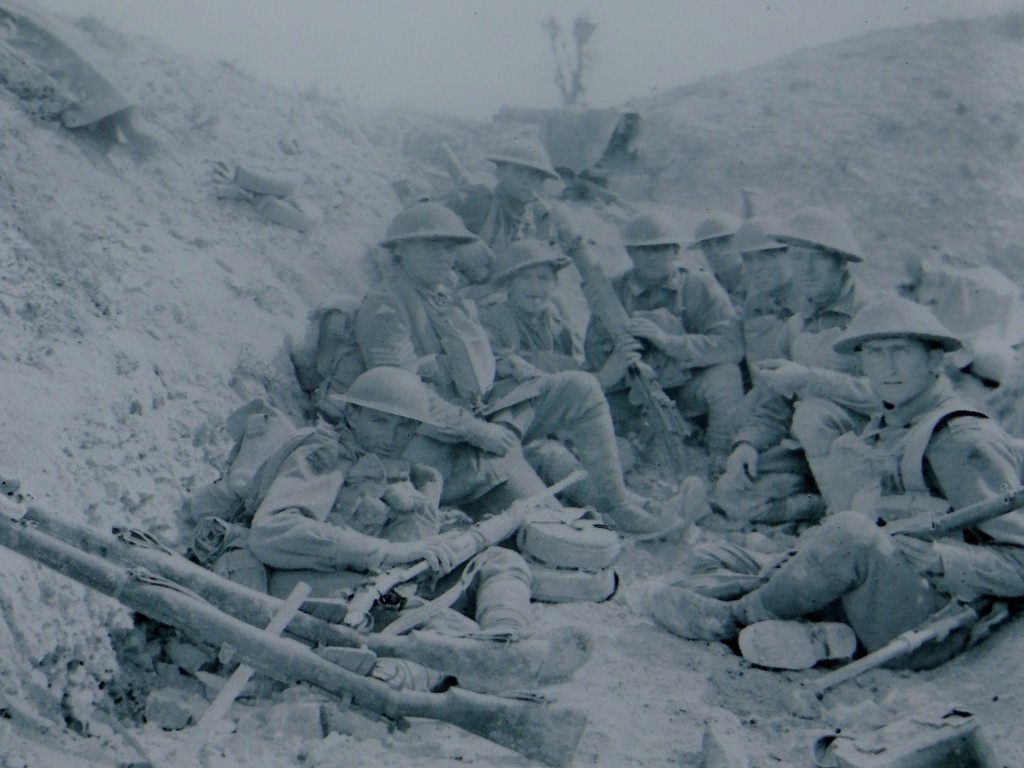
After that a German graveyard, with 5 or 6 men’s names etched on each single grey squat cross, spread wide under leafless trees. Men who no doubt fought with the same valour but are denied the same personal dignity through a defeat they were no longer alive to try and prevent.

Next South Africans at the Delville Wood memorial, since replanted after being cut down by shells, but today it’s closed, as it’s a Monday. The cemetery opposite was open, as they always are, and well-tended by the Commonwealth War Graves guys. Most of the stones were anonymous, telling a story in itself. The personal messages at the bases always move me to either anger or tears.
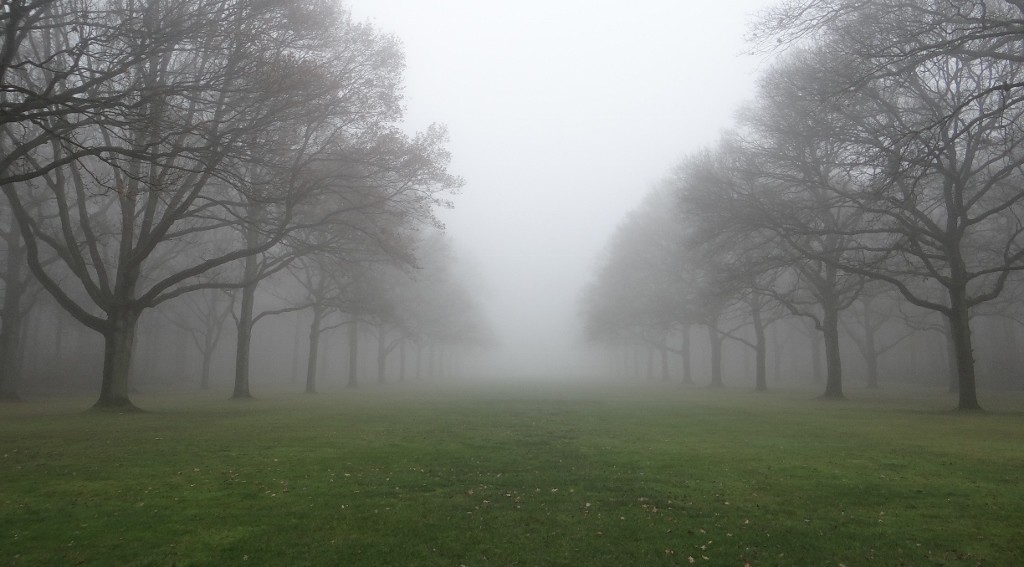
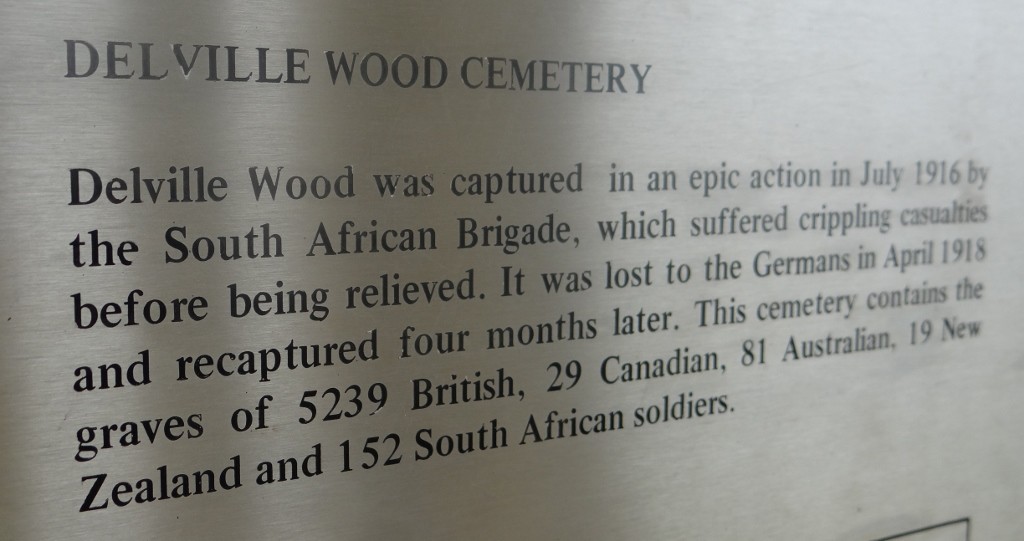

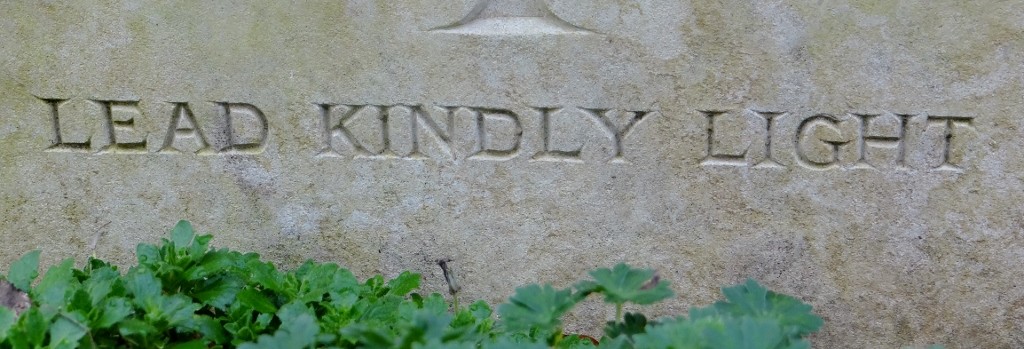
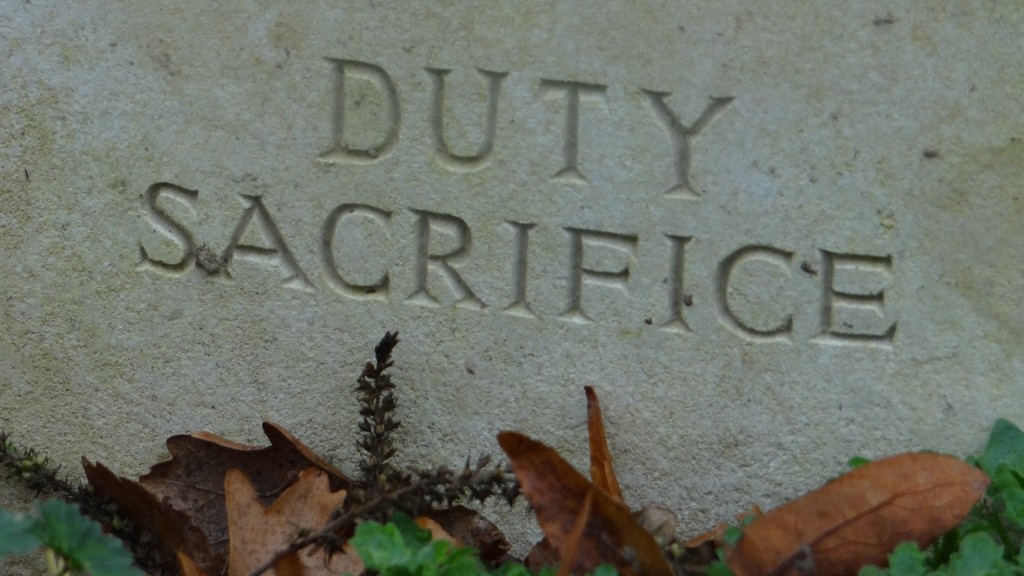
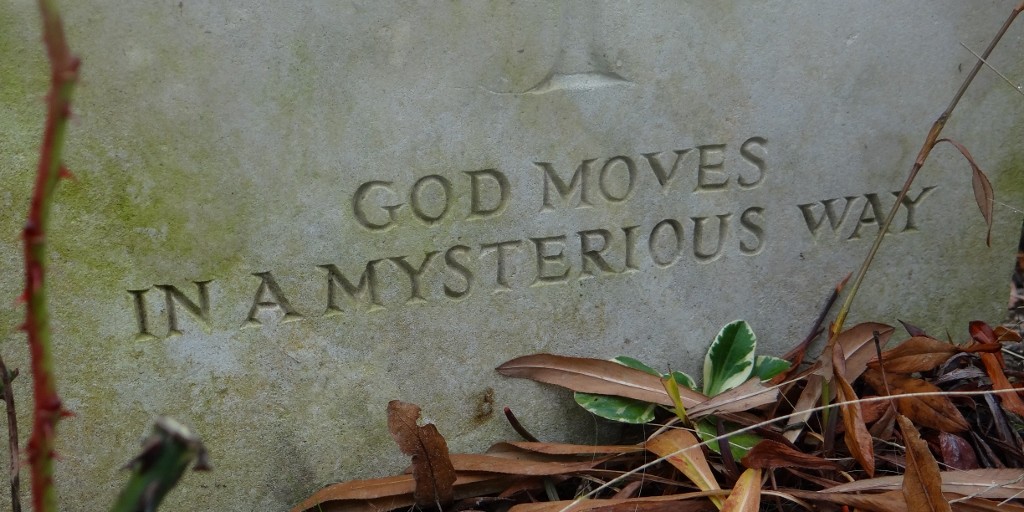
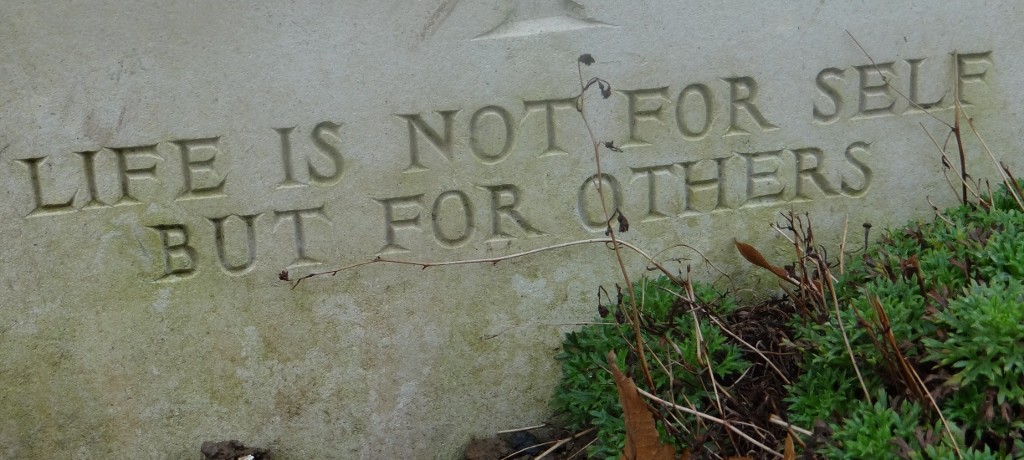
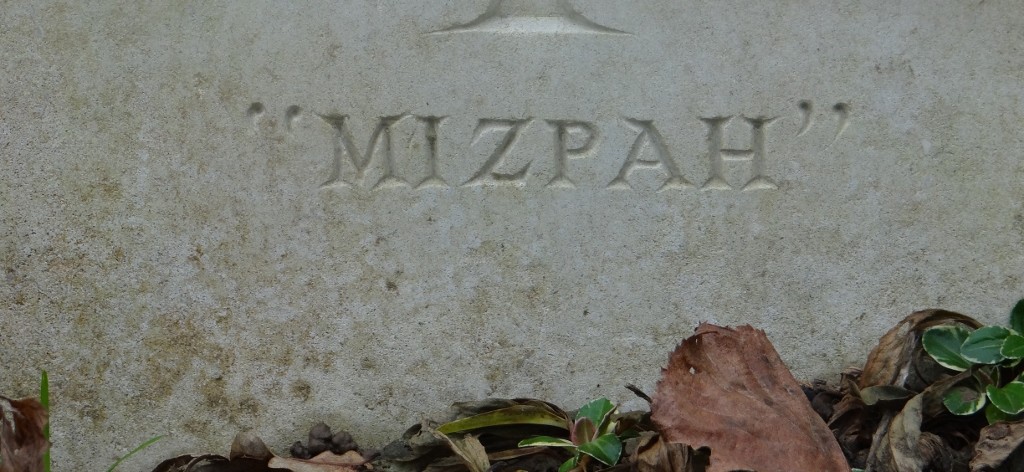
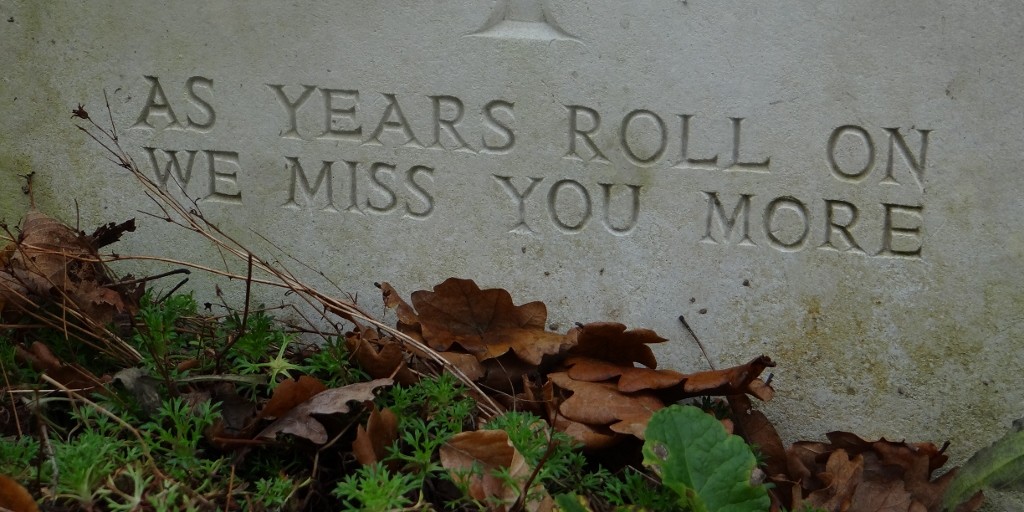
Heading east again, we pulled in where la Grand Mine should be, also called the Lochnagar Crater. Initially we missed the signs and a local French family spotted me, pointing me in the right direction and encouraging me on. A huge hole in the ground, earth thrown 4000 feet into the air and heard from London when it went off under German lines on the first day of the Somme. Fascinating until you realise you’re stood on the vaporised remains of men, inter-mingled with the Earth.
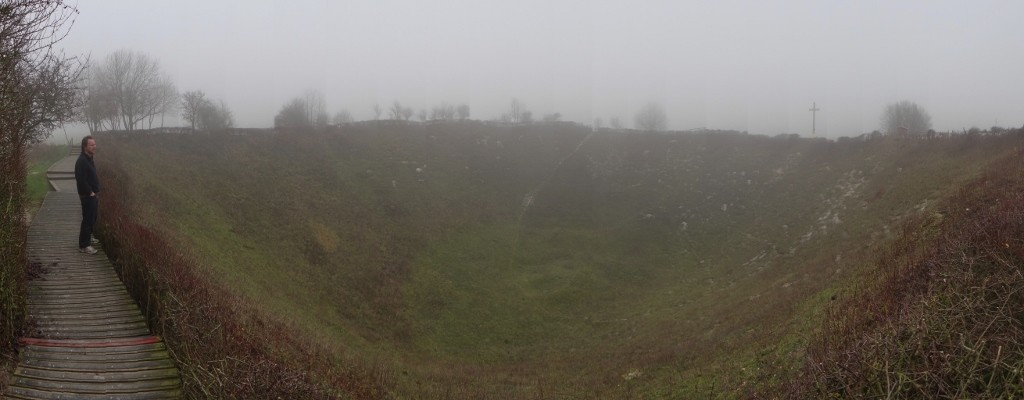
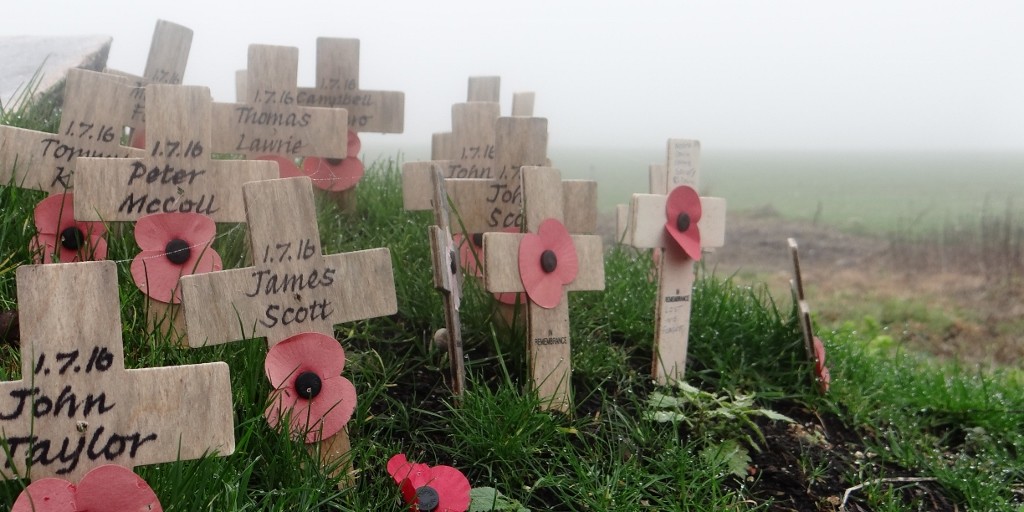

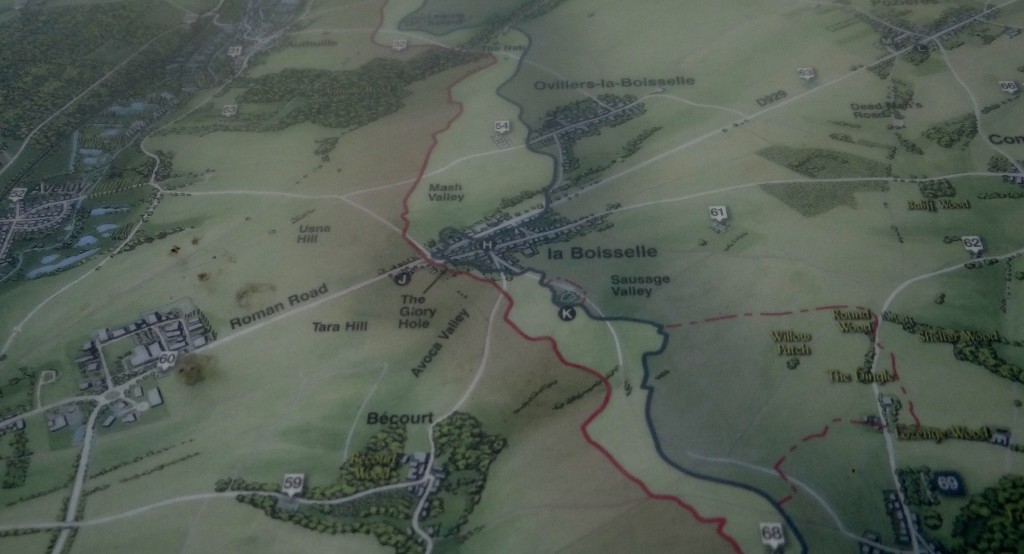
One last place, and that was enough: Thiepval. Like the Menin Gate in Ypres, this is a huge monument in stone, listing tens of thousands of men killed but never found. It’s hard to stand and stare without being moved, which is right. Politicians who favour war should walk these places in the hours before making the decision, before pressing for their righteous killing to begin in our names.
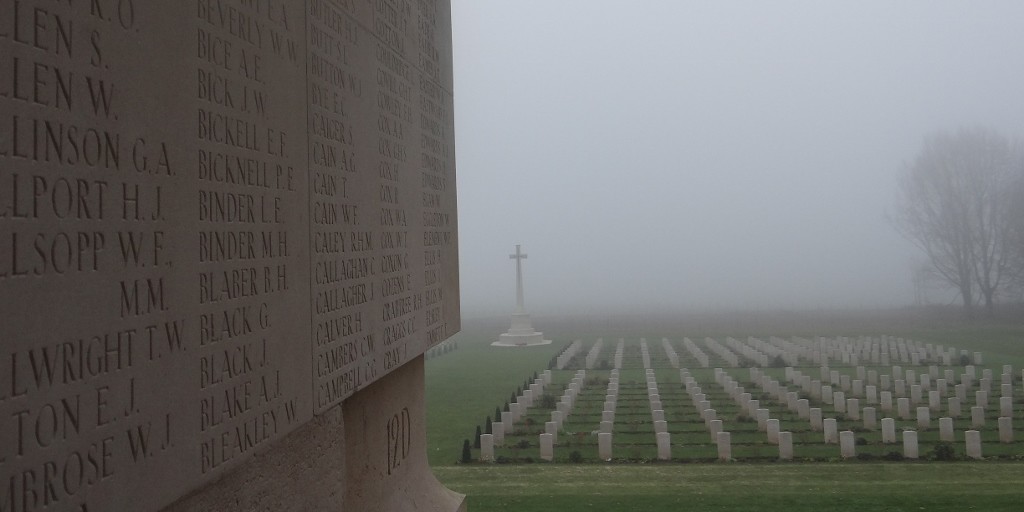
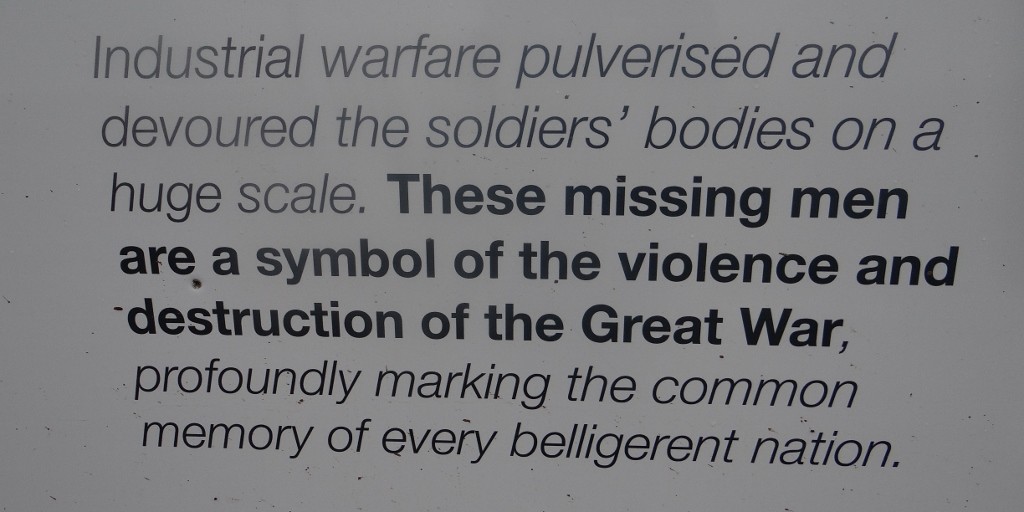
Jay

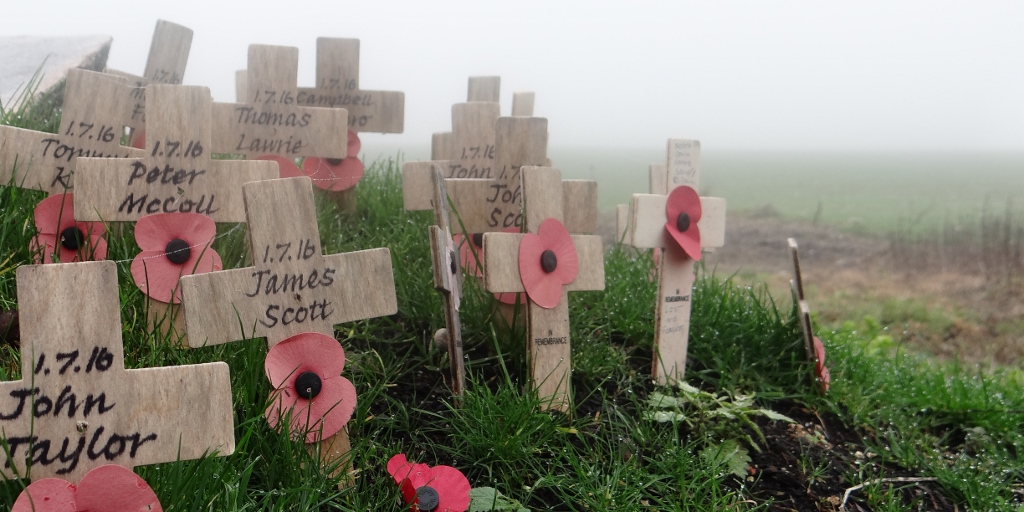
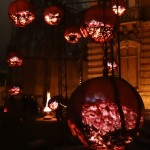
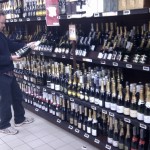
I visited the same area two years ago with my Dad. Some of our relatives who fought in The Great War are buried there. It was all a bit overwhelming for me.
Beautifully written Jason and in every-mans language too. What price Nationalism and for this reason alone the EU is worth every penny it costs.
Well done very grim keep travelling we are struggling to get your emails but we love them I am still hoping to be well enough to travel in your footsteps lots of love to Charlie xxxxxxxxxx
Hi Carol
Thanks, hope you’re well enough soon to hit the road. No idea why you’re not getting emails I’m afraid. We’ve fixed the email probable, we had, and I can see your address is subscribed OK. May be worth checking whether we’re being dropped into your junk mail by accident?
Cheers, Jay